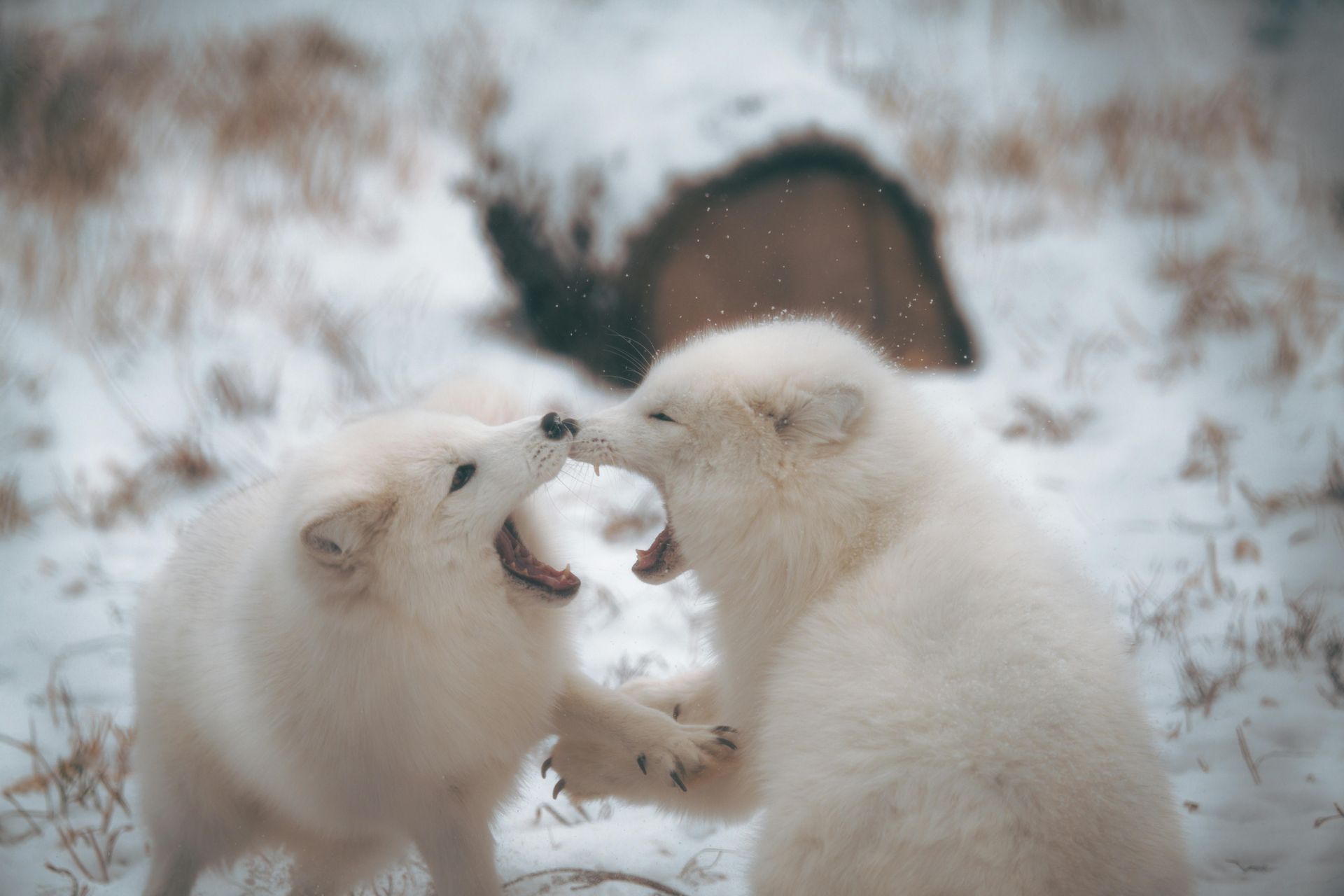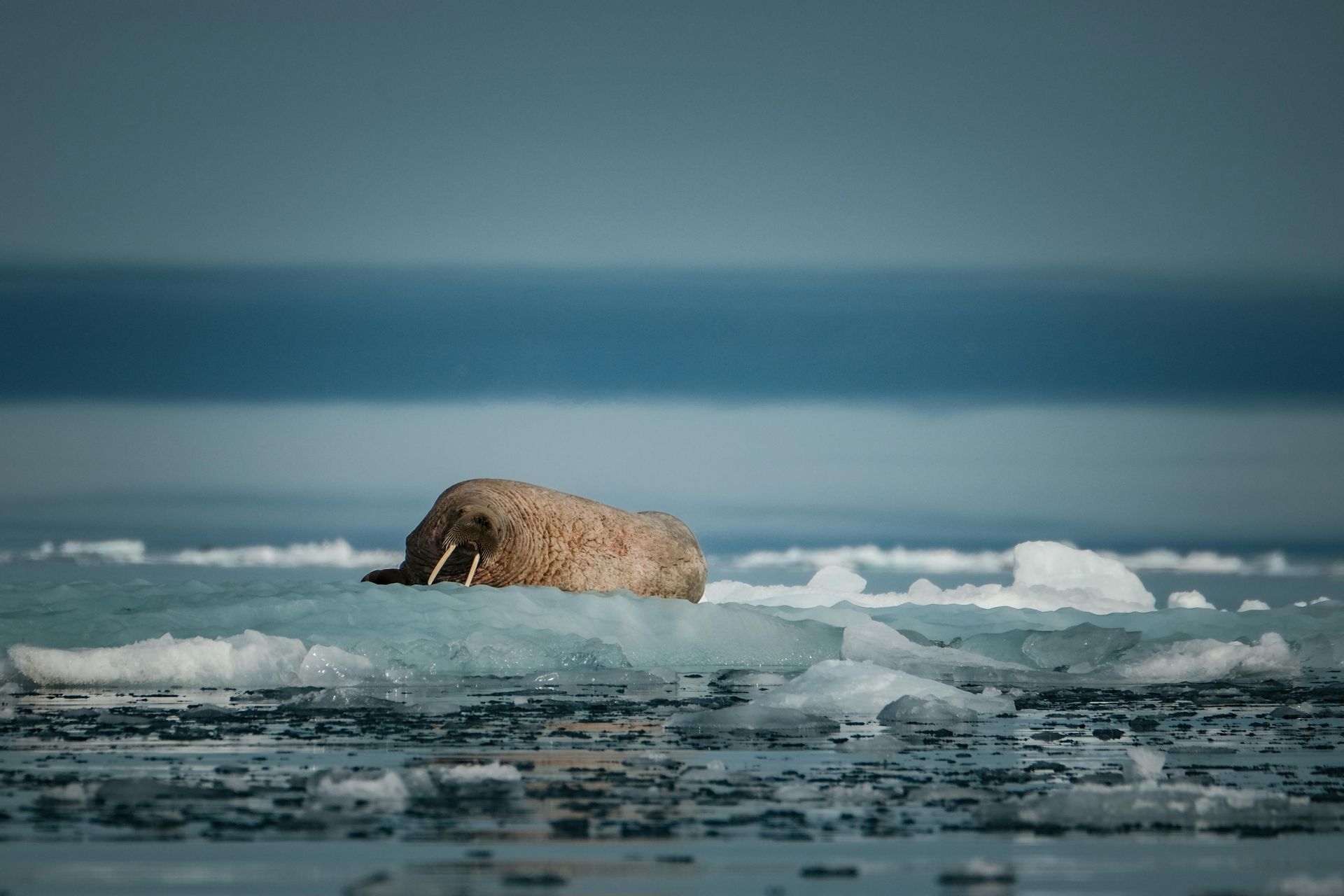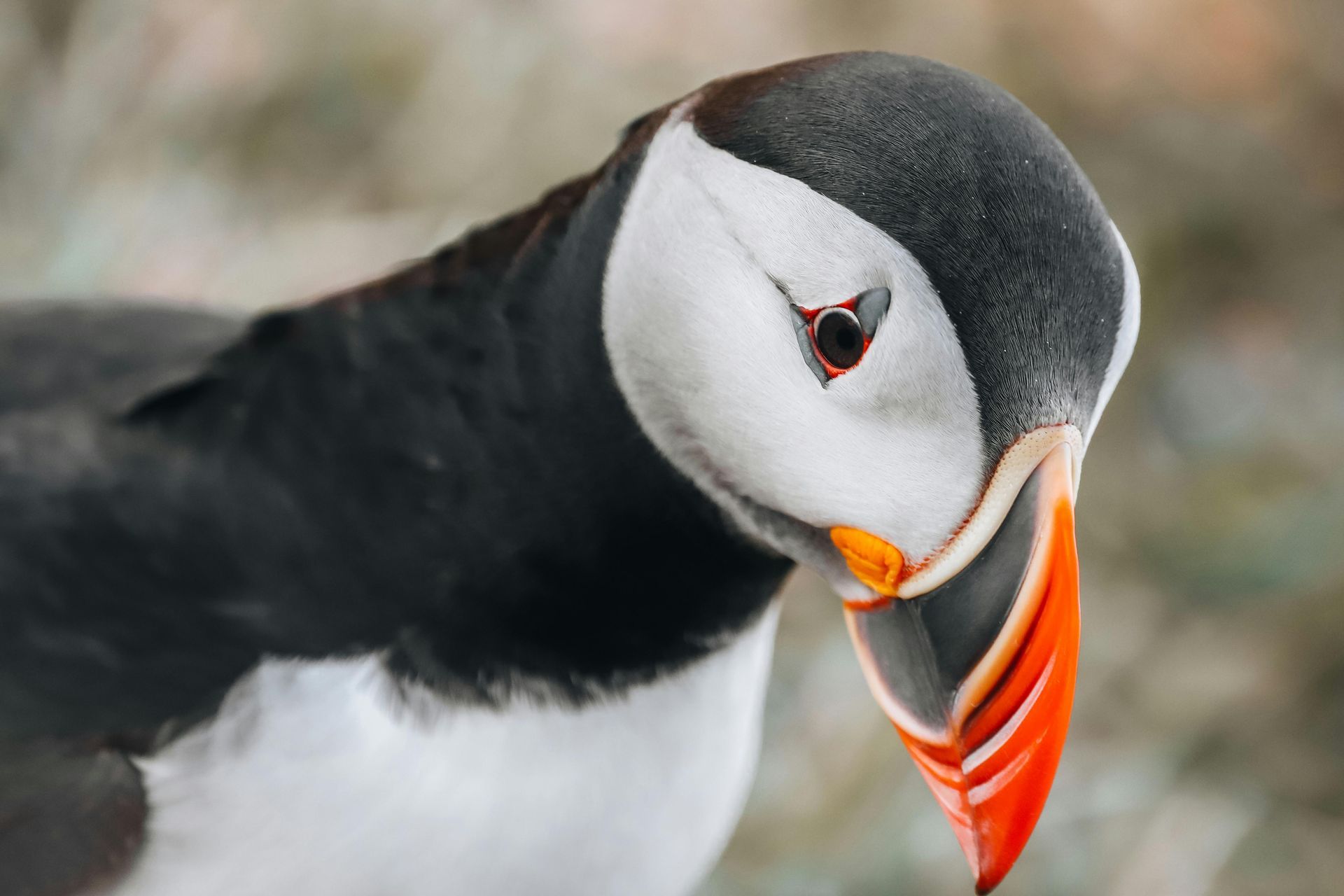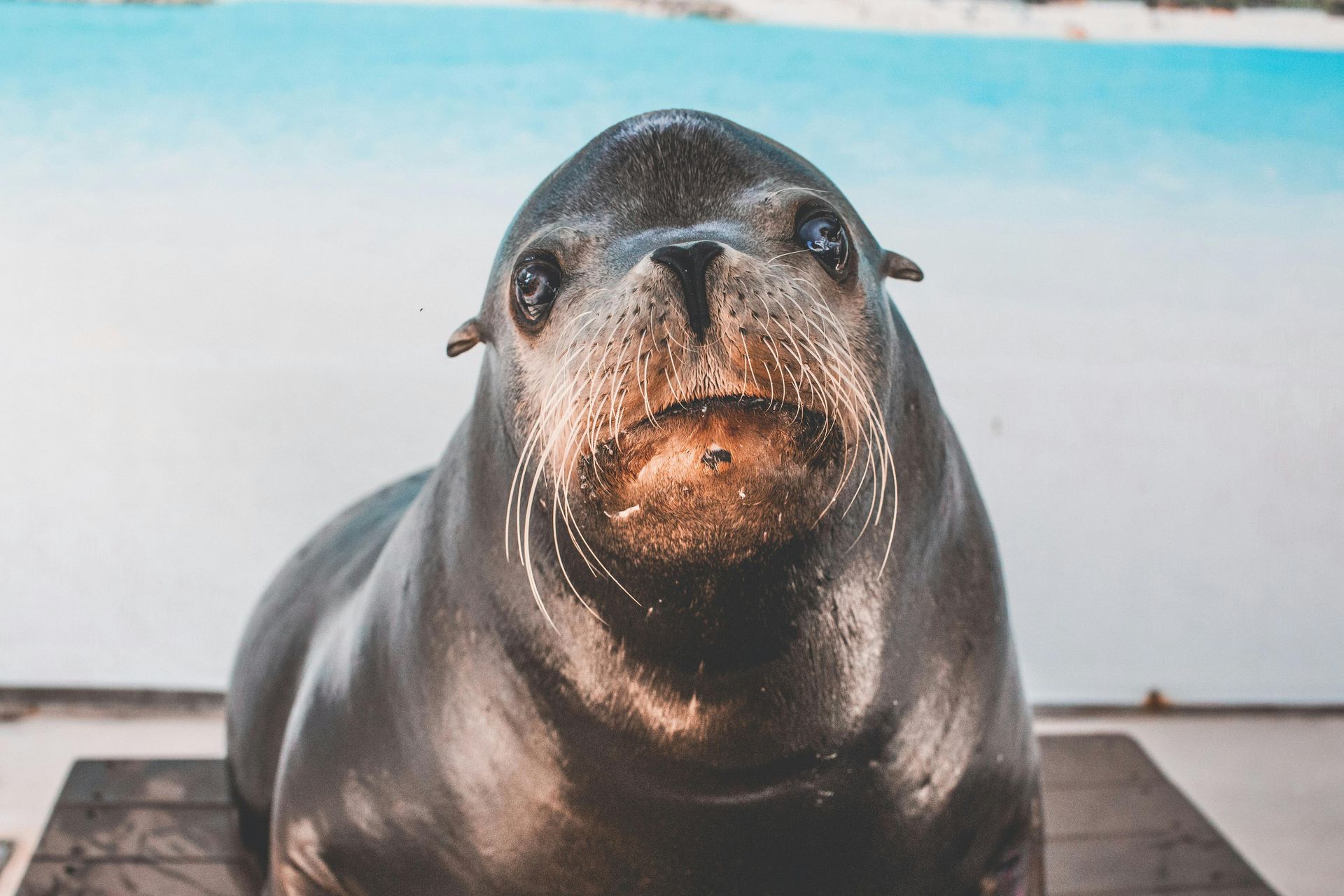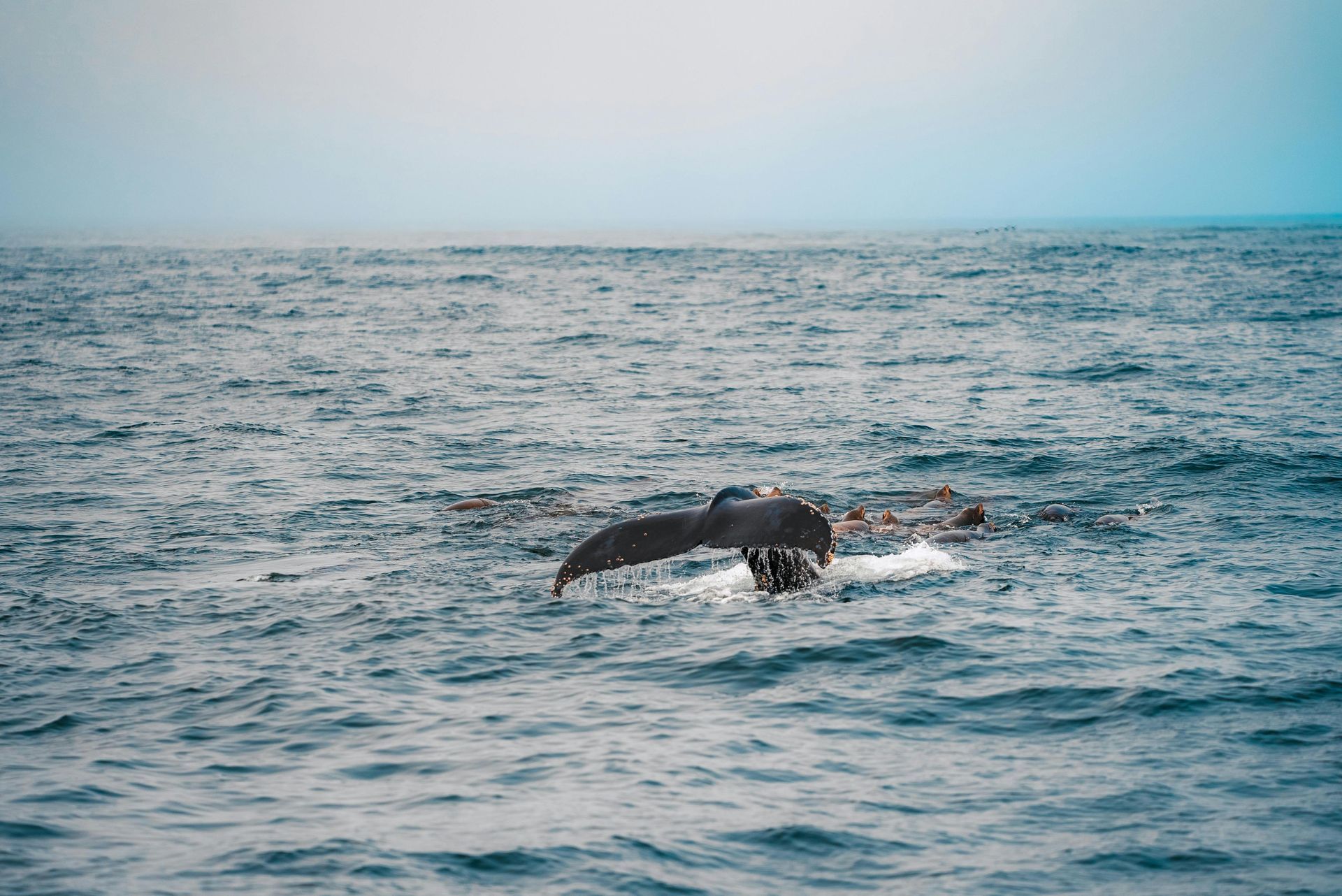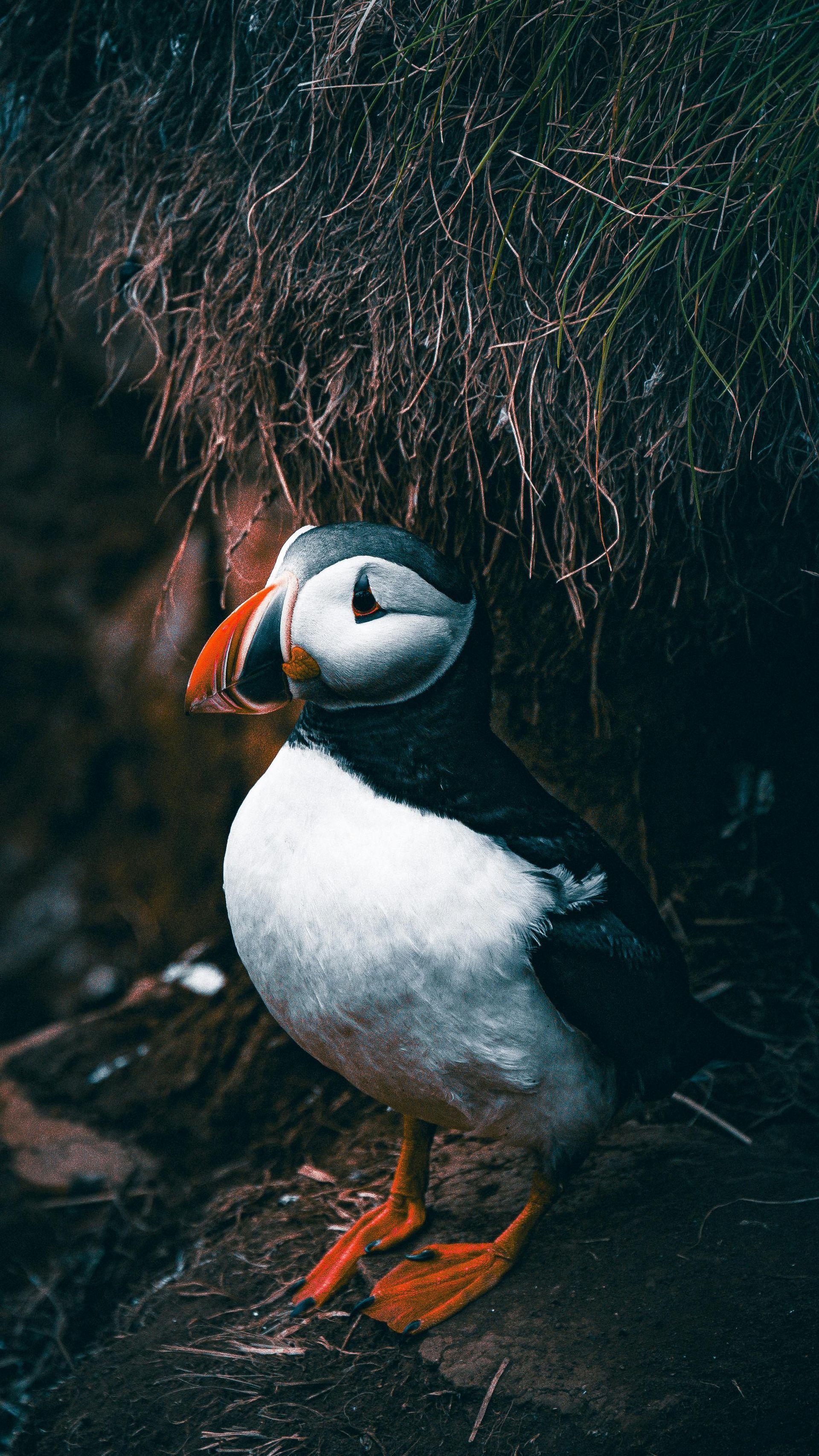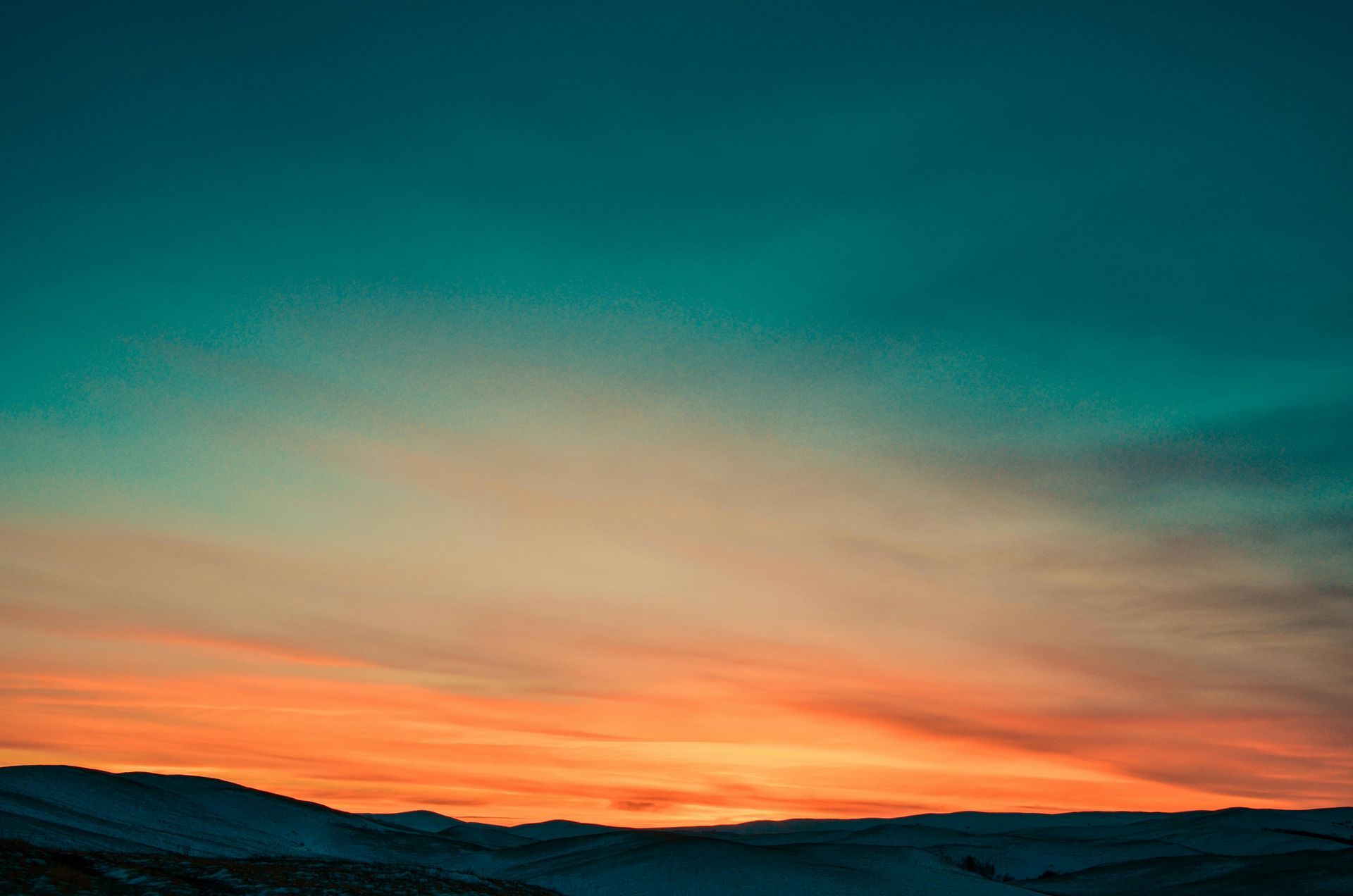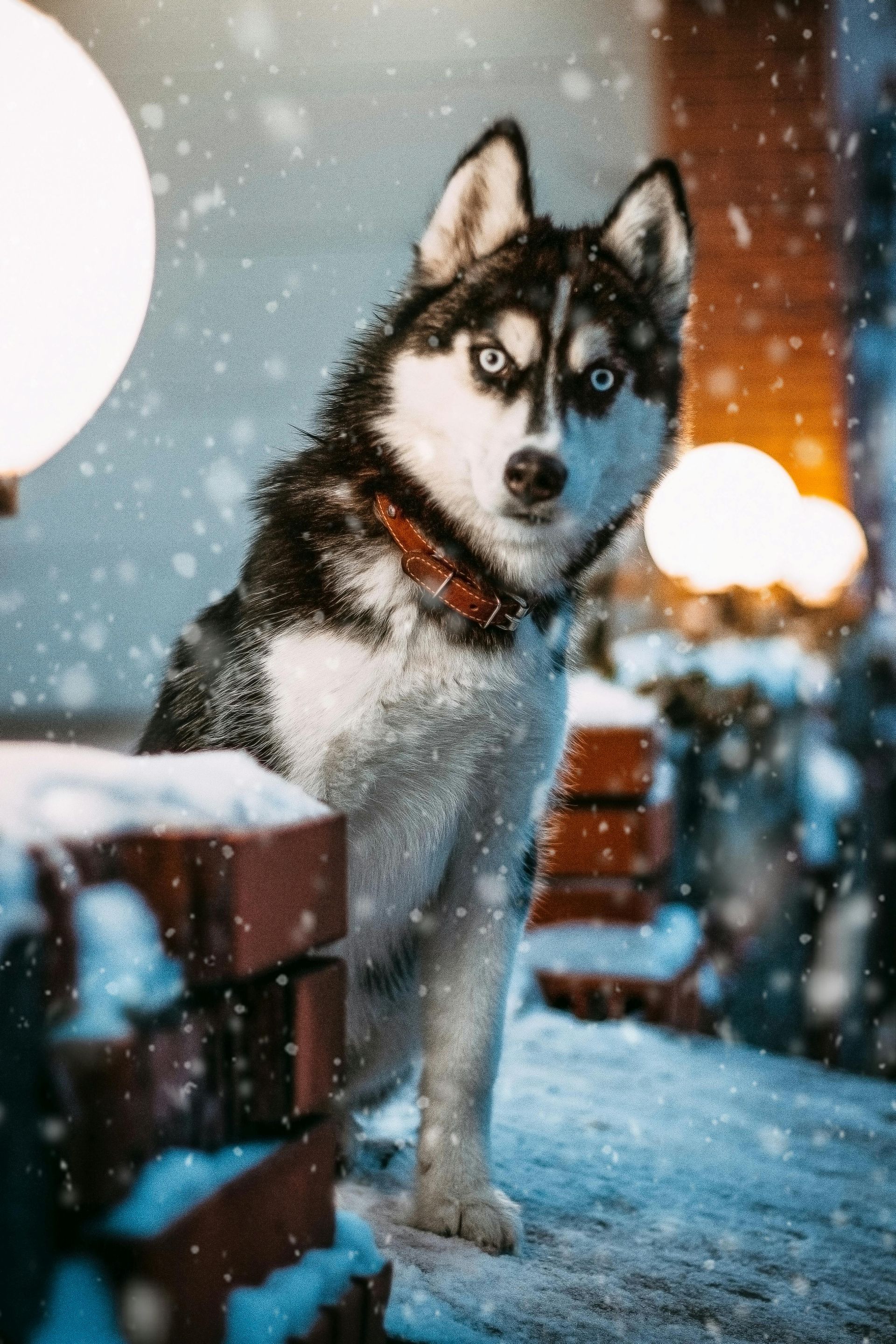Reindeer in Svalbard: The Hardy Herbivores of the High Arctic
Reindeer in Svalbard: The Hardy Herbivores of the High Arctic

Among the windswept valleys and mossy tundra of Svalbard, one animal stands out for its quiet determination and year-round presence: the Svalbard reindeer. These compact, resilient creatures are a subspecies found only on the archipelago, perfectly adapted to one of the most extreme environments on Earth. With their thick-set bodies and calm demeanor, they are living examples of Arctic endurance and a vital part of Svalbard’s unique ecosystem.
Unlike their larger mainland relatives, the Svalbard reindeer is noticeably smaller and stockier, a trait that helps it conserve body heat during the long, frigid winters. Their short legs and rounded faces are the result of thousands of years of evolution in a treeless, ice-dominated landscape. Weighing between 60 to 90 kilograms, these herbivores are surprisingly agile, capable of climbing rugged terrain and surviving deep snowdrifts in search of food.
One of the most fascinating aspects of Svalbard reindeer is how they endure the long polar night. With months of darkness and sub-zero temperatures, they rely on fat reserves built up during the short Arctic summer. During the colder seasons, they use their hooves to dig through snow and ice to reach moss, grasses, and lichen buried beneath the frozen ground. It’s a slow, constant effort—but their quiet perseverance is what allows them to thrive year after year.
These reindeer are solitary or found in small, scattered groups rather than the large herds seen in other parts of the Arctic. This behavior is likely due to limited food availability and harsh conditions that make competition a disadvantage. You’ll often see them grazing alone on windswept ridges or slowly crossing tundra valleys, their movement surprisingly undisturbed by the presence of humans. In places like Adventdalen and the area around Longyearbyen, they’re a frequent sight—often wandering calmly near roads, research stations, or even between buildings.
Photographers and wildlife enthusiasts cherish the Svalbard reindeer not just for its approachable nature, but for its striking seasonal appearances. In summer, their coats are patchy and brown, blending into the tundra. By winter, they are covered in dense, woolly fur that gives them a robust, rounded look, almost like cartoonish figures against the snow. Their antlers—grown by both males and females—are another highlight, especially as they shed and regrow them each year.
Reindeer play a vital role in the ecology of Svalbard. Their grazing habits influence vegetation growth and distribution, particularly in the more fertile lowland areas. They also support scavengers like Arctic foxes, which benefit from the occasional reindeer carcass during lean winter months. And while they face relatively few natural predators on the islands, changing weather patterns, particularly ice layers forming over grazing grounds, can sometimes threaten their food access and survival.
Encounters with Svalbard reindeer are some of the most special moments for visitors. Their calm presence and nonchalant gaze offer a window into the rhythm of Arctic life—slow, deliberate, and always in tune with nature. Responsible wildlife viewing is key here: keeping a respectful distance, avoiding sudden movements, and never feeding or approaching these wild animals helps ensure they continue to live without stress in their natural habitat.
For those visiting during summer, guided hikes through the valleys and hills often result in chance reindeer sightings, sometimes within just a few kilometers of Longyearbyen. In winter, spotting them becomes more of a challenge, but their tracks across snowy plains tell stories of their quiet wanderings. Regardless of season, their presence is a reminder that life not only exists in the high Arctic—it flourishes.
The Svalbard reindeer, sturdy and serene, is a symbol of adaptation and calm resilience. In a land defined by cold, wind, and isolation, they continue to roam the tundra as they have for millennia—one careful step at a time.



